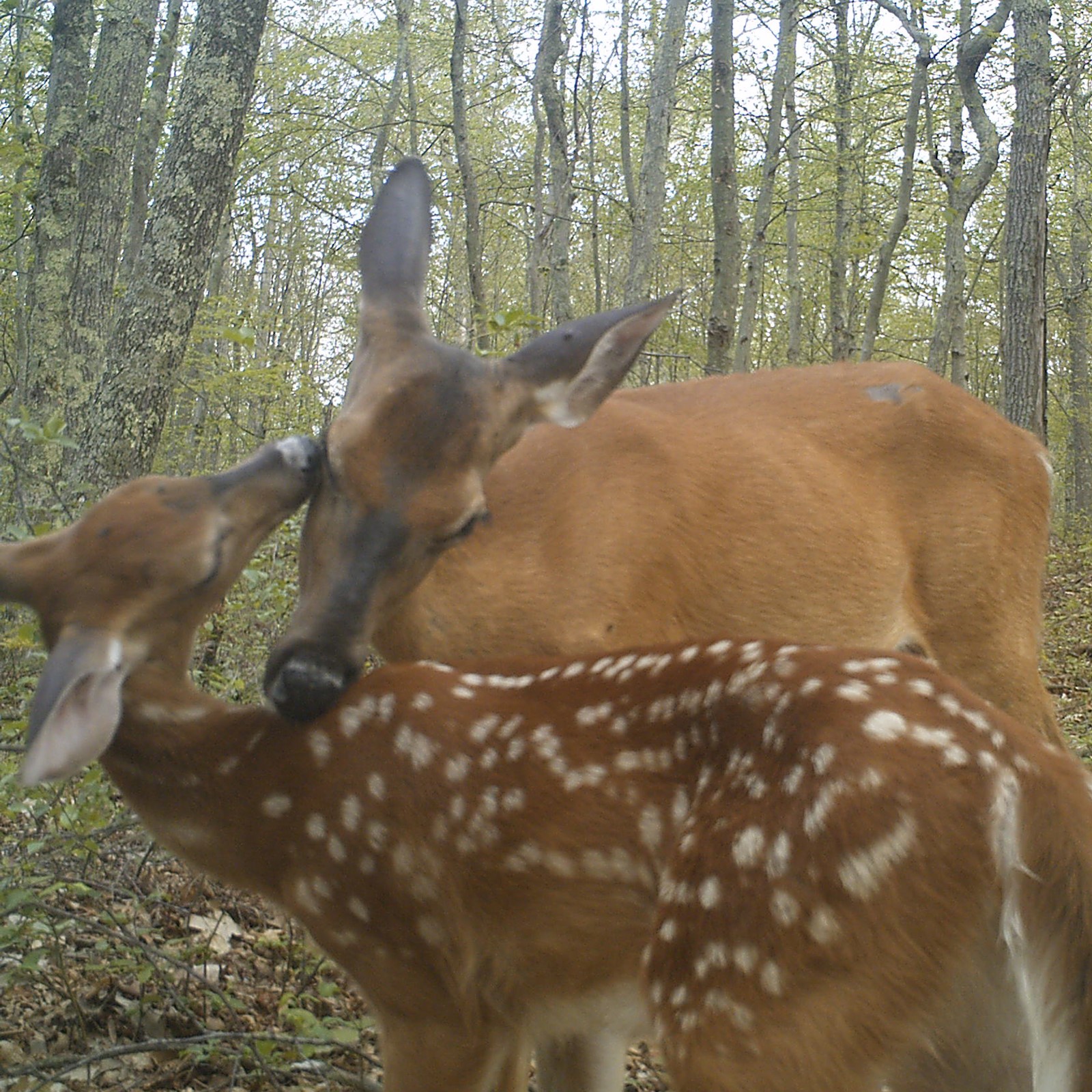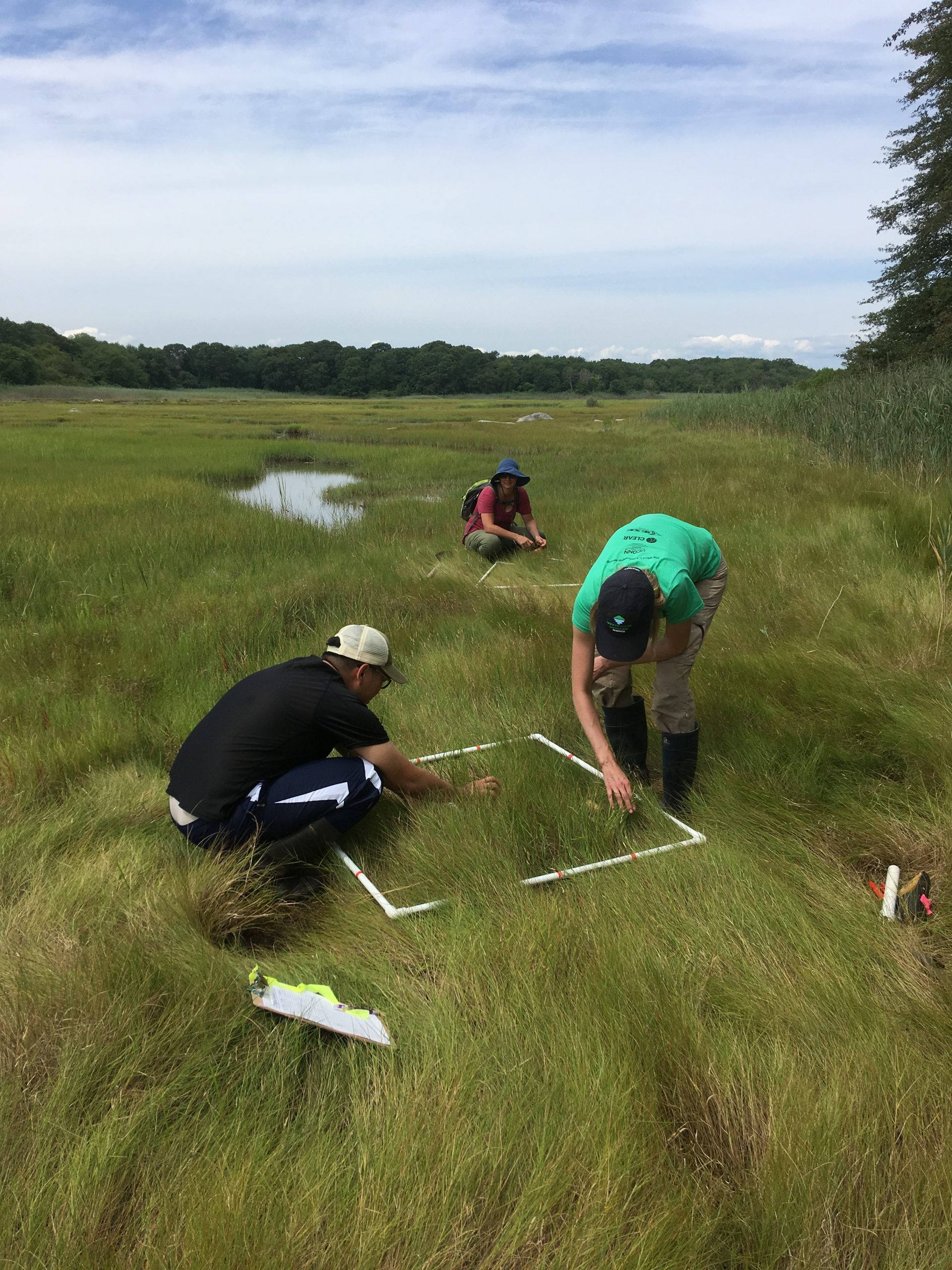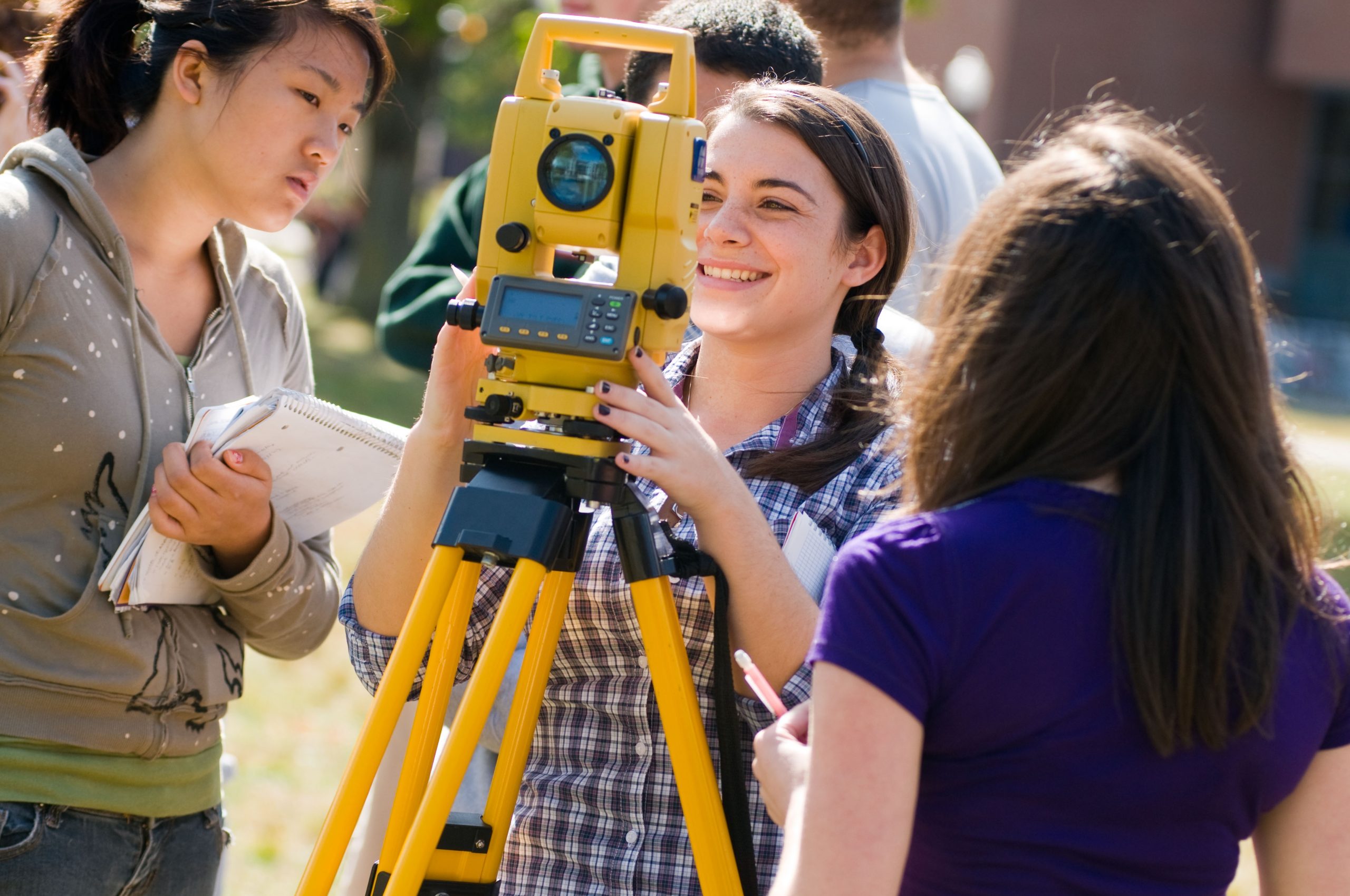
Structural Complexity in Forests Improves Carbon Capture
Forests in the eastern United States that are structurally complex — meaning the arrangement of vegetation is varied throughout the physical space — sequester more carbon, according to a new study in Ecology, a journal of the Ecological Society of America.
The study by researchers at the University of Connecticut, Virginia Commonwealth University, and Purdue University, demonstrates for the first time that a forest’s structural complexity is a better predictor of carbon sequestration potential than tree species diversity.
“Now there is a recognition of the importance of how the leaf area is arrayed in three dimensions,” says study author Robert T. Fahey, assistant professor of forest ecology and management at UConn. “The variability of the arrangement of that leaf area within the canopy can be important in terms of forest productivity as well as resilience to different types of disturbances and stressors.”
Understanding how forest structure drives carbon sequestration is important for ecologists, climate modelers, and forest managers, who are working on ways to mitigate climate change, says Fahey.
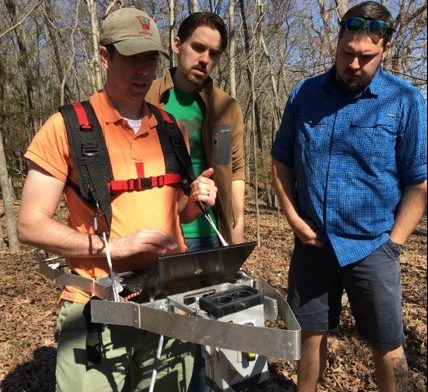
Researcher finds harvesting invasive species promotes biodiversity but increases methane release
As an assistant professor in the Department of Natural Resources and the Environment (NRE), Beth Lawrence focuses much of her research on the consequences of managing invasive plants. One such project is a three-year $650,000 EPA-funded collaboration in Northern Michigan with Oregon State University, Loyola University, Michigan Technological University, Dartmouth College and the Sault Ste. Marie Tribe of Chippewa Indians, seeking alternative ways to combat a vigorous invasive hybrid cattail species.
Researcher uses mapping to aid ecologists, UConn and US government
“There aren’t a lot of geodesists, but it’s good to have a few of us around,” says Thomas Meyer, a professor in the Department of Natural Resources and the Environment (NRE) and current president of the American Association for Geodetic Surveying.
Geodesy is a specialized field that uses mathematics and physics to measure the shape and size of the Earth, its gravitational field and its geophysical changes over time, such as plate tectonics, glacial melting and sea level rise. Meyer is engaged in a number of research projects that use geodetic technologies and methods to research animal behavior and improve map projections.
UConn Partners in Massive Arctic Data Project to Offer Insight into Changing Permafrost Conditions
A new online scientific resource will document changing permafrost conditions at the sub-meter scale throughout the Arctic, providing researchers, educators and the public with new opportunities for exploration and discovery.
Researchers from the University of Connecticut, University of Alaska Fairbanks, Ohio State University, the University of Illinois, and the Arctic Data Center at the National Center for Ecological Analysis and Synthesis will lead the development of this online resource. They’ll work with the Alfred Wegener Institute, NASA, the Center for Climate and Health at Alaska Pacific University, and the Polar Geospatial Center at the University of Minnesota.
“We have this large data set, but no one has the tools to make these sets discoverable because of the sheer volume and knowledge gaps,” says Chandi Witharana, the researcher leading UConn’s involvement in this project.

Zhe Zhu studies relationship between land change and climate change
In January 2019, Zhe Zhu joined the Department of Natural Resources and the Environment as an assistant professor specializing in developing remote sensing techniques to track land changes in the global landscape. Says Zhu, “I am interested in the four W’s—where, when, what and why the land is changing.”
His global environmental remote sensing laboratory focuses on these issues and how the data relate to climate change.
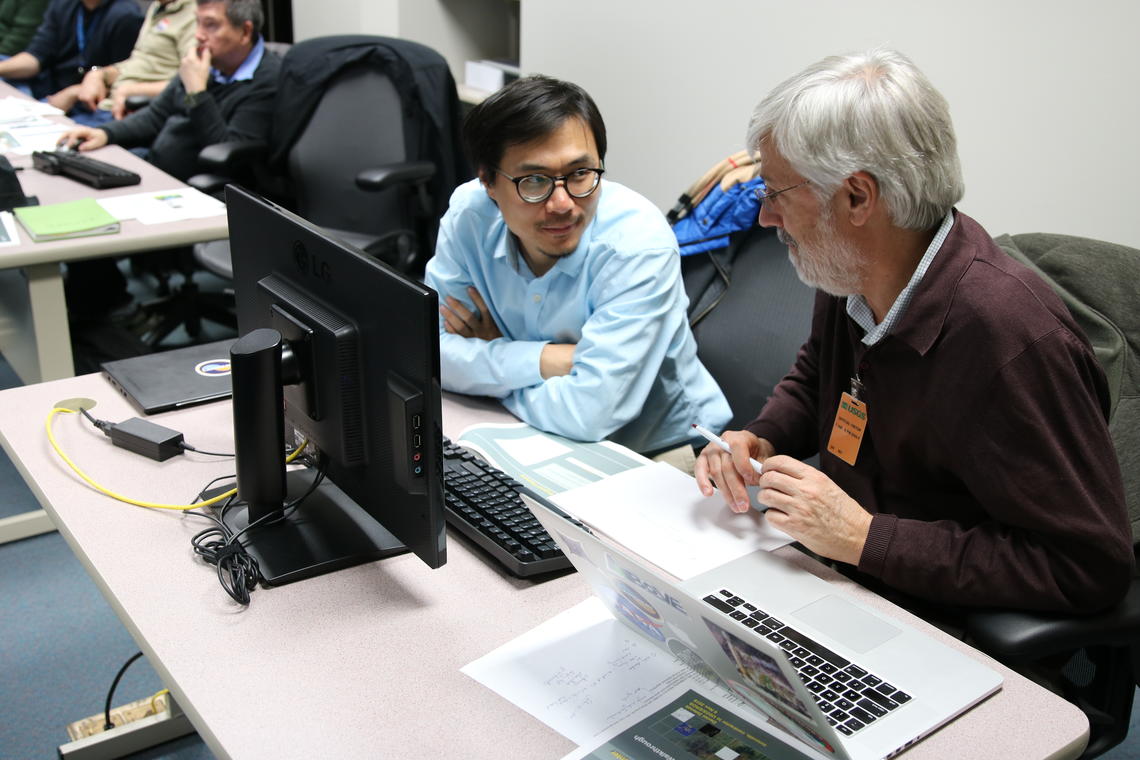
Tracy Rittenhouse Knows Where the Wild Things Are
A three-year bear study by UConn professor Tracy Rittenhouse determined bears have become “urban adaptors,” preferring neighborhoods with houses every two to three acres to the wilderness. She speculates this is probably because of the extra food available.
“We thought that maybe we just got more phone calls in those areas, because there’s more people in those areas, but our research demonstrated that it’s not that people see the bears more often, it’s that there really are more bears in those types of places,” explained Rittenhouse. “This the first study that provided solid evidence of that,” she said. “I was shocked.”
Rittenhouse is now working with the DEEP to study bobcat behavior. Preliminary evidence shows that they are choosing to co-exist with humans as well.
Read more about Dr. Rittenhouse's black bear study from NBC or the News-Times, or about her bobcat study in an interview with UConn Magazine.
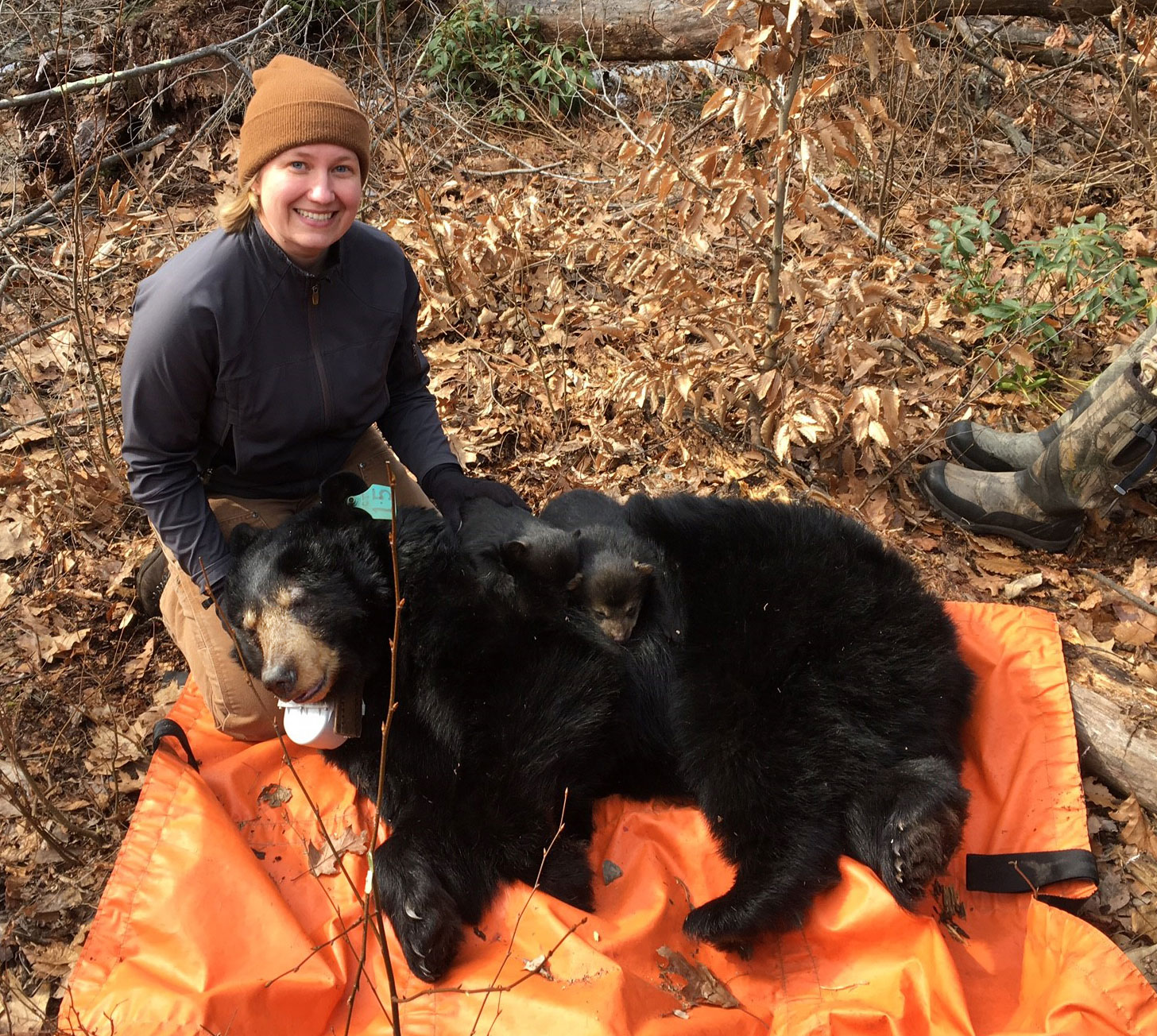
Drought, Gypsy Moths, and How They Impact Tree Mortality
In 1869 French artist, astronomer, and amateur entomologist, Etienne Leopold Trouvelot, traveled to Massachusetts with a batch of gypsy moth eggs to raise the larvae in his backyard. His reasoning remains murky to this day, but the lasting impact of his project persists since some of the moths escaped into the wild. Despite Trouvelot’s attempts to alert local entomologists to this looming ecological catastrophe, no action was taken. The moths continued to roam and reproduce freely, and by 1889 the Massachusetts State Board of Agriculture launched a massive effort to eradicate the gypsy moth problem to no avail. Read More
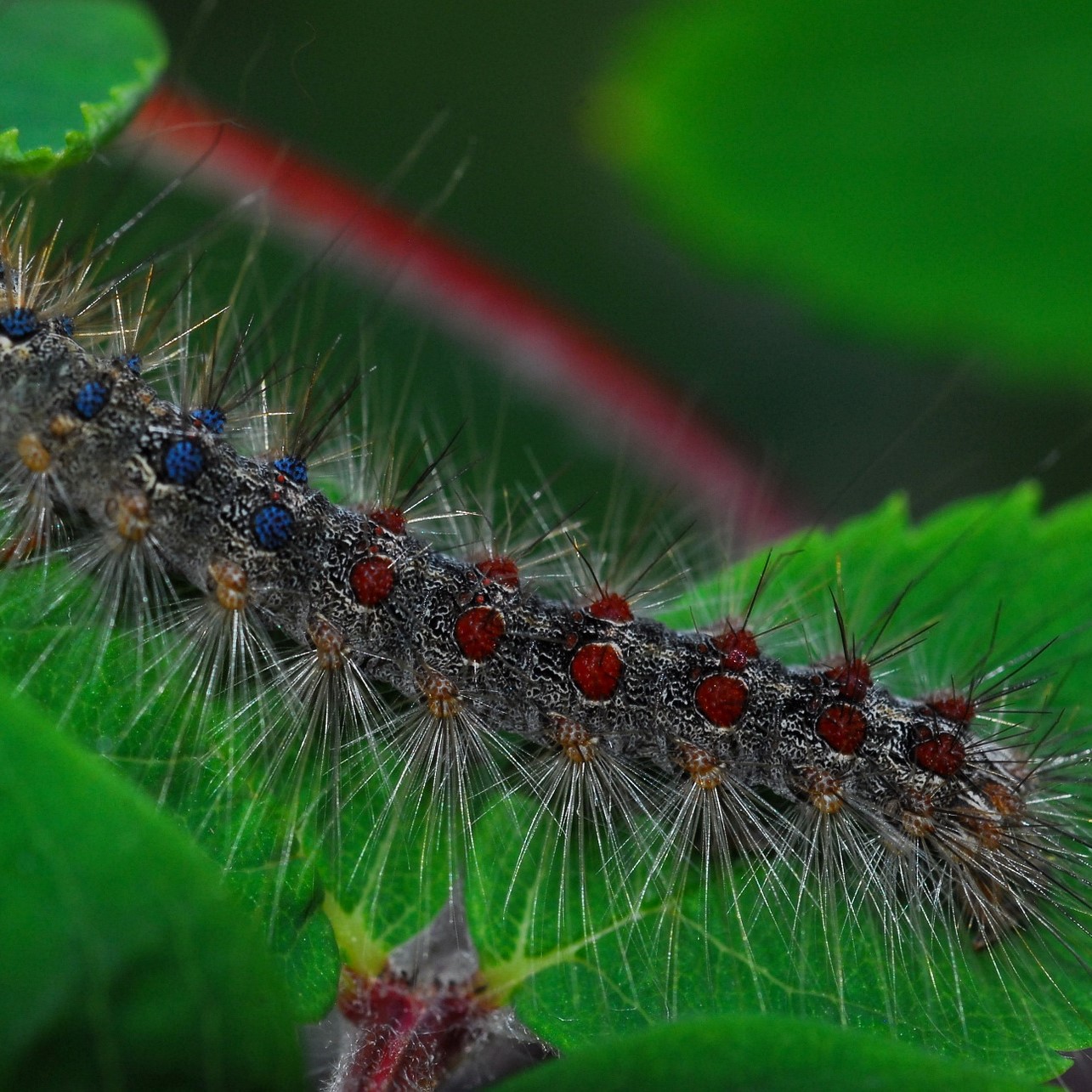
Road de-icer causes UConn water to become saltier, more alkaline
Road de-icers have caused rivers and streams to become saltier and more alkaline over the last five decades, a trend that the University of Connecticut hopes to reverse in nearby Eagleville Brook.
Mike Dietz, an Associate Extension Educator for UConn Extension, said the material UConn uses for de-icing is made up mostly of sodium chloride, along with a small amount of lignin, which is a plant-derived material that helps salt stick to surfaces better, and calcium chloride.
Dietz said the de-icer doesn’t simply go away when winter ends, but rather ends up seeping into UConn’s soil and groundwater.
Read more from NBC
Connecticut’s Marshes: Past, Present, and Uncertain Future
A troubling report issued recently by the Intergovernmental Panel on Climate Change states that Earth is just two decades away from disastrously high levels of carbon in the atmosphere. As we approach those levels, there has been an increased focus on developing and using technology to sequester carbon dioxide from the atmosphere. Yet nature already has some effective means to accomplish this – wetlands and marshes. Two assistant professors in the Department of Natural Resources and the Environment, Ashley Helton and Beth Lawrence, are studying the processes that occur in these complex ecosystems. “Globally, wetlands and marshes are one of the largest natural sinks for carbon,” Helton says. “We want to quantify what wetlands are doing in terms of how they impact various ecosystem functions.” Read More
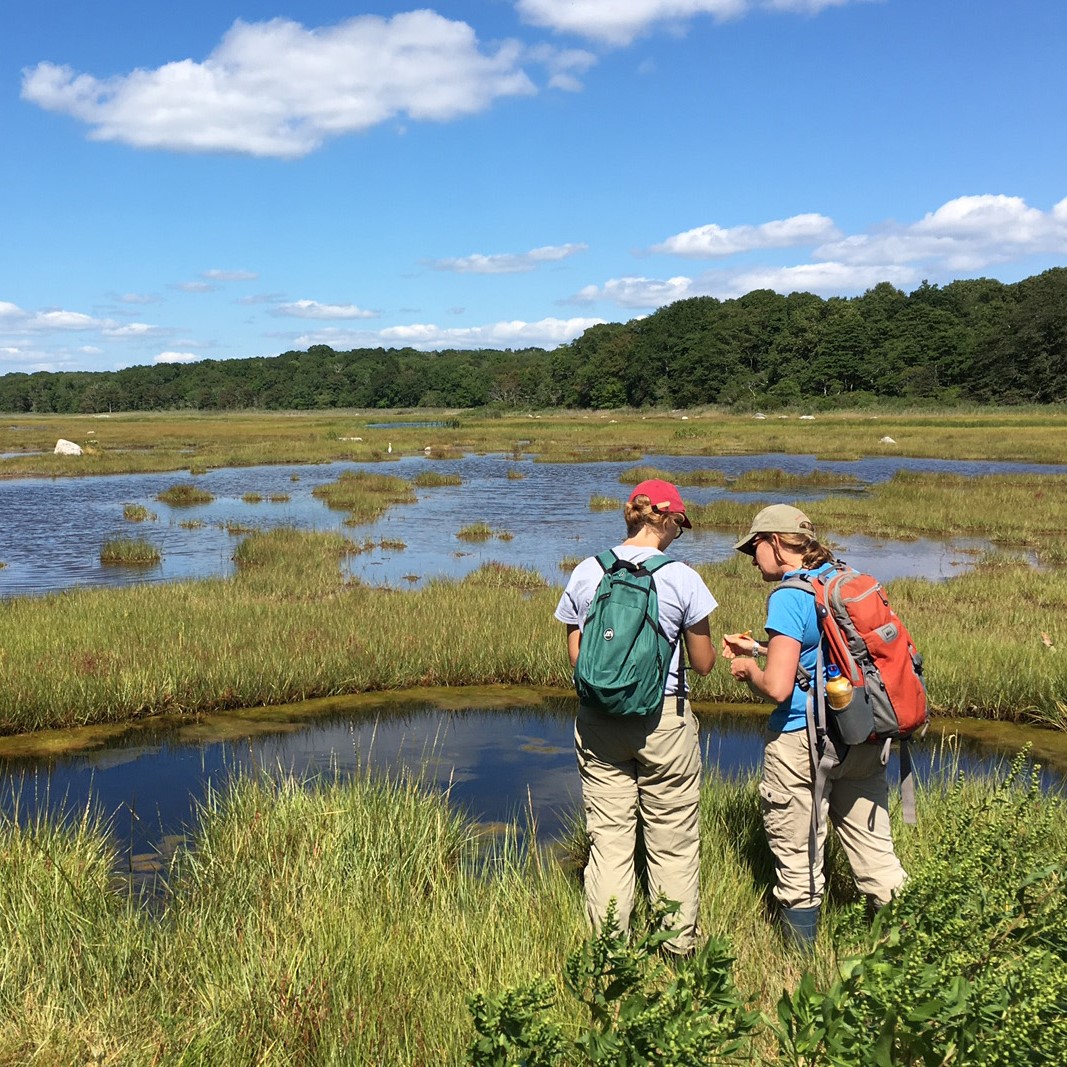
The Rains in Africa: How Global Climate Influences the Water Cycle
While water is a precious, life-sustaining resource, too little or too much can spell trouble. Water moves around the planet, either in the ground or through the air, in a well-orchestrated cycle, one that UConn associate professor in the department of Natural Resources and the Environment Richard Anyah is working to better understand. His research, recently published in the journal Science of the Total Environment, with colleagues from Cardiff University (U.K.) and Curtin University (Australia), focused on how variations in climate can impact the cycle of water and its storage in Sub-Saharan, and especially Southern, Africa. Read More
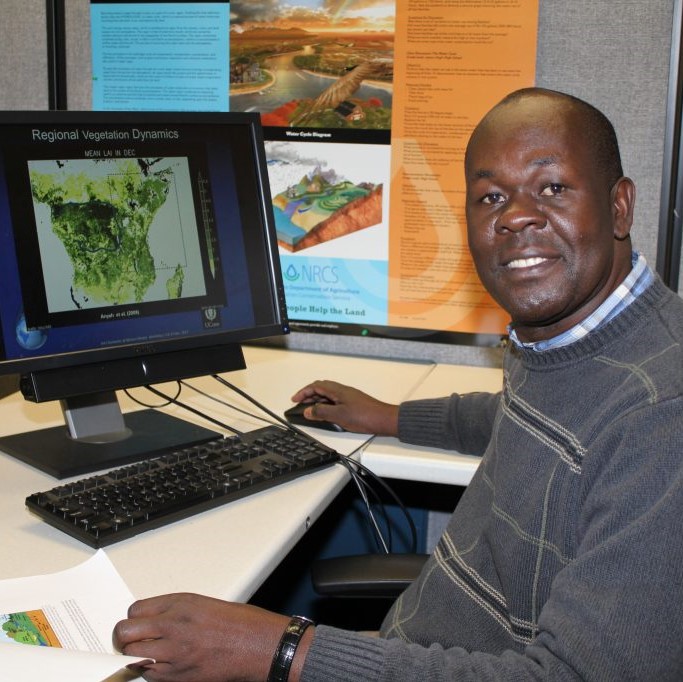
Groundwater’s Role in Legacy Nitrogen Transport
Every summer, hundreds of near-shore coastal waters across the globe, including the Long Island Sound, become “dead zones.” These areas are so oxygen-starved they cannot support marine life. This is caused by nitrogen pollution, much of which comes from the use of nitrogen-rich fertilizer. When it rains, nitrogen fertilizer runs off the land to streams and rivers, which transport it downstream to estuaries and oceans. The processes of surface runoff and river transport of nitrogen responsible for dead zones have been studied since the 1980s and are well understood. But nitrogen that does not run off the land surface can move underground into groundwater. Because groundwater moves much slower than surface water, nitrogen in fertilizer may not reach streams and rivers until years, decades, or even centuries after it was applied. Read More
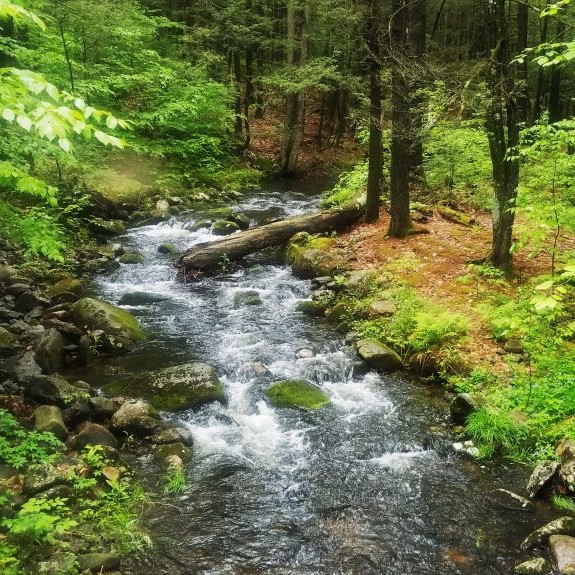
Wildlife Ecologist Assists in Statewide Bobcat Study
After years of hunting and trapping and loss of habitat dwindled their population, Connecticut’s only wildcat appears to be making a comeback. Bobcats were once a rare sight in the state, but residents have glimpsed these predators more frequently in recent years. People across the state have been reporting bobcats in their hometowns to the Department of Energy and Environmental Protection (DEEP). Wildlife experts speculate the animal’s population has been steadily increasing, but lack accurate data about their current numbers. Read More
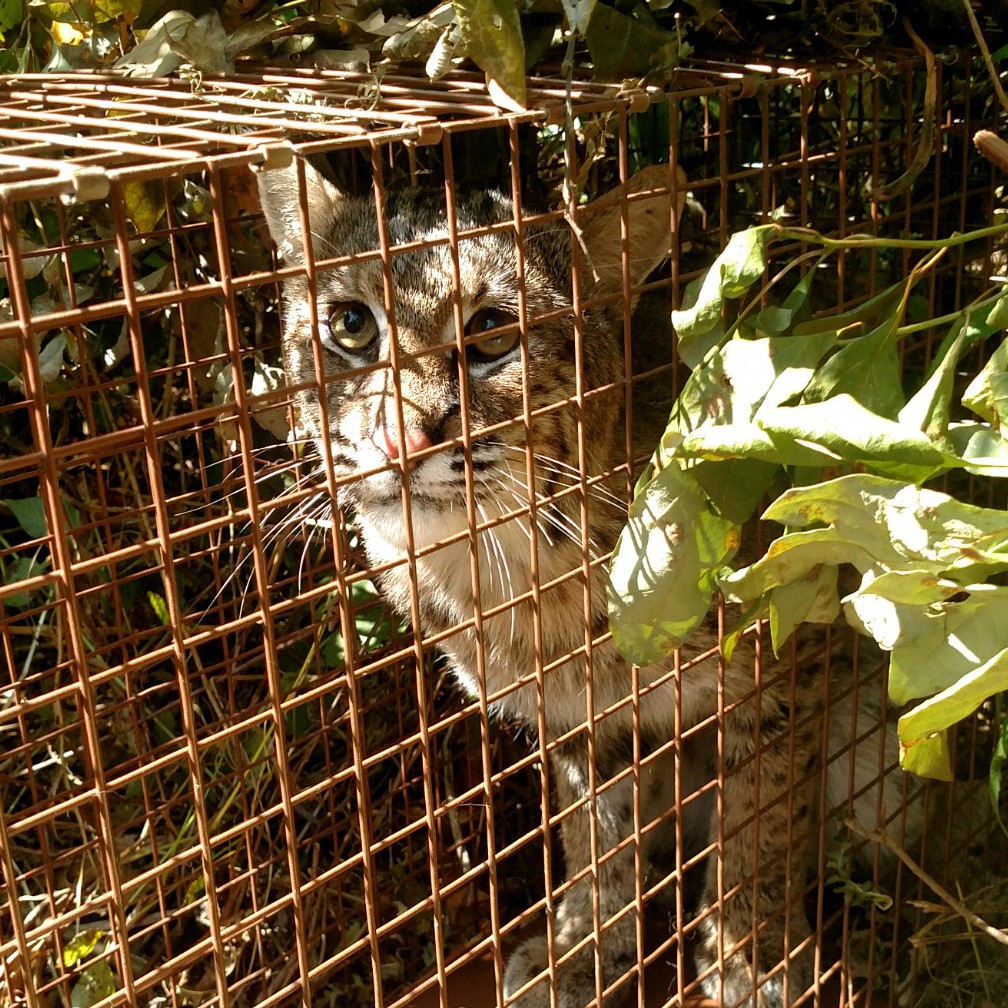
Study Looks at Sherman’s Salty Wells
SHERMAN — Using a winch, Gary Robbins lowered a probe 310 feet down the well at Sherman School. Nearby, Meredith Metcalf sat on the grass and recorded water quality numbers every 5 feet, tracking a variety of measurements including conductivity, which indicates salt is present. “We’re looking for a significant change,” said Robbins, a geology professor at the University of Connecticut who is leading a study on Sherman’s wells. So why is the water so salty? The changes in conductivity might help researchers determine the answer. For several years, water from wells in town was undrinkable because of high levels of sodium and chloride, which together create salt. A sign has remained on the water fountain in town hall, advising people to not drink from it. The salty wells resulted in $13,000 spent each year on bottled water at Sherman School and another $5,000 on maintenance for the school’s water, plumbing and heating systems because the salt has corroded the pipes, said First Selectmen Don Lowe. Read More
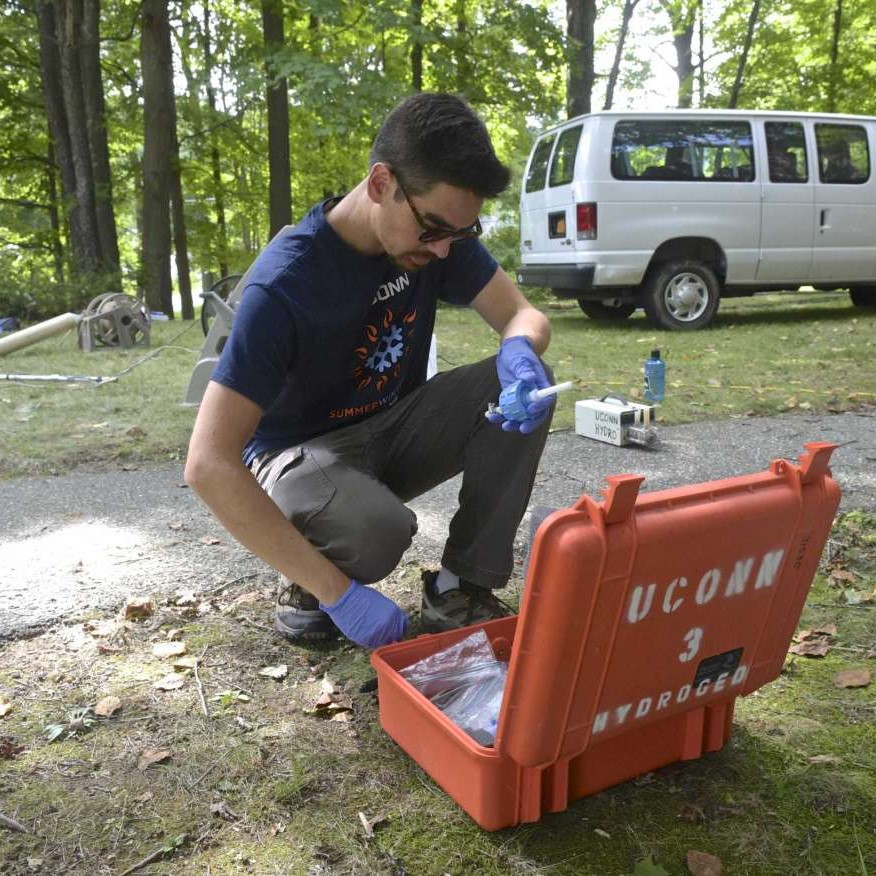
The Slow Storm: Tree Mortality in CT from Invasive Insect Pests
During the early summer of 2018 it became apparent that numerous trees throughout eastern and southern Connecticut did not produce leaves this spring, having died sometime during the winter. While it is not unusual to lose a tree or two to natural causes here and there at any time of year, the massive scale and extent of oak tree (Quercus spp.)mortality during the winter of 2017 to 2018 due to the combination of recent gypsy moth (Lymantria dispar) infestations and associated drought conditions is notable and concerning. Combined with the anticipated loss of ash trees (Fraxinus spp.)in many areas due to the invasive emerald ash borer (Agrillus planipennis), which has been moving across Connecticut from where it was initially found in northern New Haven County, the sheer numbers of LARGE standing dead trees throughout the state presents what might best be described as a slow-moving environmental disaster. Read More
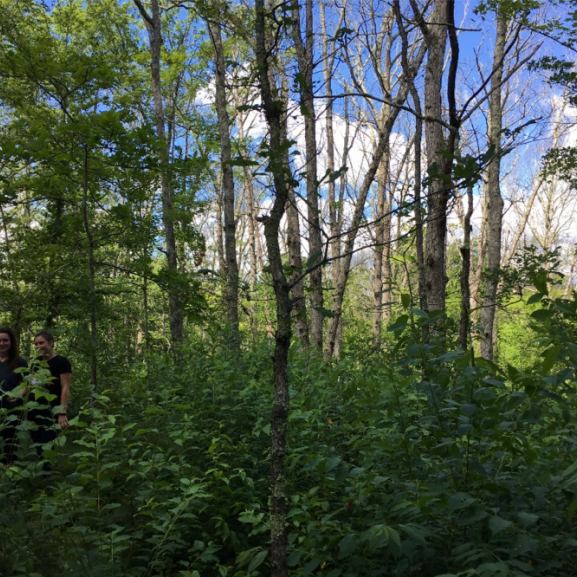
Study Assesses Nesting Success of Salt Marsh Bird
Research scientist Min Huang is conducting a multi-year study of the clapper rail, a salt marsh bird, designed to assess nesting success and adult survival rates of this declining species. The project is being conducted at Hammonasset State Park and the East River Marsh Complex, two of Connecticut’s larger and higher-quality remaining salt marshes. The project is supported through the Connecticut Department of Energy and Environmental Protection, (DEEP) where Huang is employed as the migratory bird program leader. Huang is a graduate of the College, earning a BS in wildlife management in 1992 and Ph.D. in natural resources in 2010. He is affiliated with the Department of Natural Resources and the Environment (NRE) Wildlife and Fisheries Conservation Center. Read More
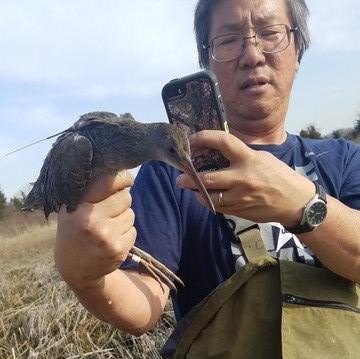
Piecing Together Our Planet Pixel by Pixel
At first glance, the high-resolution images of the polygons look like the lacy skin of a cantaloupe melon – perhaps not what would be expected of images of the Arctic tundra. But this characteristic feature of the tundra is a perfect focus for remote sensing technologies and for studying the rapidly changing landscape of the region. From the Antarctic to the Arctic and areas in between, Chandi Witharana is applying powerful remote sensing technology to study global problems. Witharana, a visiting assistant professor in UConn’s Department of Natural Resources and the Environment, says remote sensing is “a virtual passport” to these remote areas, allowing him to carefully monitor the harsh landscape from his grizzly bear-free computer laboratory on campus. Read More
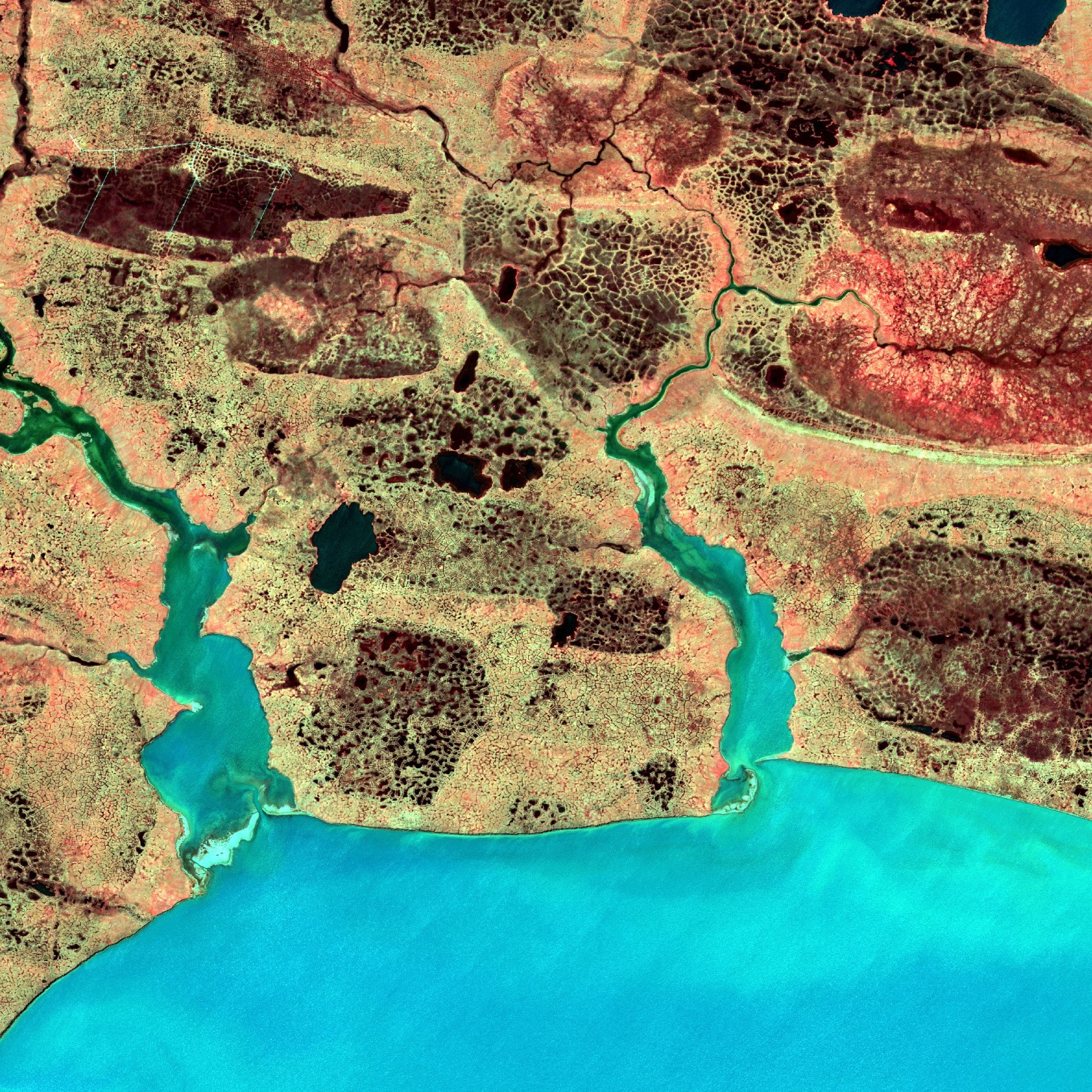
Camera Traps, Citizen Science, Help Track State’s Animal Populations
Connecticut is home to an abundance of wildlife and one doesn’t have to go far to find it. With the unique not-quite-urban, not-quite-rural landscape in much of the state, this means humans are living among wildlife, oftentimes in our own backyards. Keeping track of the animals and their numbers is important information for decision making, management, and conservation for animal populations. Researchers at UConn are addressing these challenges using new technology and citizen science, to learn more about the animals and the places where both people and wild creatures live. Associate professor of natural resources and the environment Tracy Rittenhouse and researcher Jennifer Kilburn ’18 MS have been tackling the question of how deer density varies across the state, by developing better methods to estimate deer abundance. Read More
